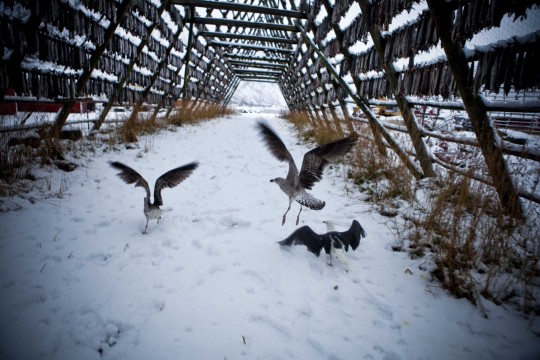Kollektiv25 at Visa pour l’image in Perpignan
From today on the Photofestival Visa pour l’image/Visa Off is exhibiting work from Julius Schrank and Lene Münch. Julius is showing different pictures from his work at the dutch newspaper deVolkskrant and Lenes work about German Fraternities is part of a group show of the University of Applied Sciences and Arts of Hanover.

»DAILY PRESS«, Julius Schrank, Visa pour l’image
Arsenal des Carmes, Rue Jean Vieilledent, Perpignan
September 1 to September 16, 2012
open daily from 10 am to 8 pm
free of charge

»AWARDED«, Lene Münch, Visa off
La Salle des Libertés, 3 Rue Edmont Bartissol, Perpignan
September 1 to September 8, 2012
open daily from 10 am to 6 pm
free of charge
Julius and Lene will both be in Perpignan and we would be happy to see you at the opening of »AWARDED« on Tuesday, September 4 at 6 pm. There will be wine!






















